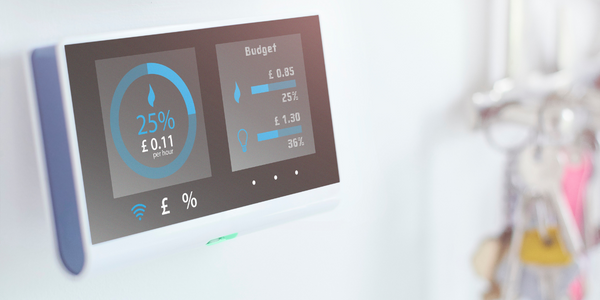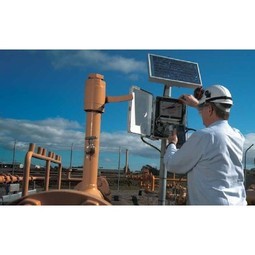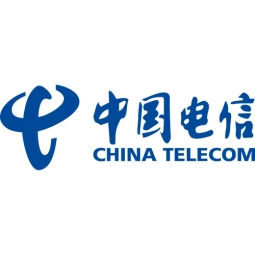
- Networks & Connectivity - NB-IoT
- Sensors - Utility Meters
- Utilities
- Business Operation
- Advanced Metering Infrastructure (AMI)
Shenzhen Gas has a large fleet of existing gas meters, which are installed in a variety of hard to reach locations, such as indoors and underground, meaning that existing communications networks have struggled to maintain connectivity with all meters. The meter success rate is low, data transmissions are so far unstable and power consumption is too high. Against this background, Shenzhen Gas, China Telecom, Huawei, and Goldcard have jointly trialed NB-IoT gas meters to try and solve some of the challenges that the industry faces with today’s smart gas meters.
In March 2017, a number of smart gas meters manufactured by Goldcard were deployed in partnership with Shenzhen Gas, China Telecom and Huawei for trial of NB-IoT communications in a range of different scenarios and locations using 800MHz spectrum.
By using NB-IoT, Shenzhen Gas, China Telecom, Goldcard, and Huawei are able to take advantage of standardized data gathering and IoT platforms, where the whole end-to-end management of network operations can be conducted centrally by either the gas company or mobile operator. As part of the trial, the partners have implemented a new framework for smart gas metering, which allows new applications to be rolled out on the network quickly. This is hosted on the eCloud jointly developed by China Telecom and Huawei, with a data structure specifically formulated for the Chinese gas industry. This means that gas suppliers and their partners across China can take advantage of these new technologies.
The partners wanted to test the successful completion of a number of different scenarios, including pre-paid and postpaid billing and payments, valve controls, various meter parameter changes, different communications configurations and data integrity protection. As such, the trial has been designed to test a number of different scenarios and ensure that gas meters can be connected even in difficult to reach locations, such as inside metal meter cabinets or inside large buildings.
The targets the NB-IoT enabled gas meters were to be measured against were designed to be stringent and inline with the expectations of the gas industry performance requirements. These included a meter reading success rate of over 99%, ability to conduct meter readings on demand and successful reads even when the signal received by the meter is very weak.

Case Study missing?
Start adding your own!
Register with your work email and create a new case study profile for your business.
Related Case Studies.









